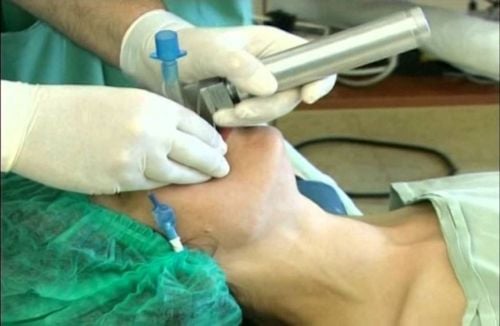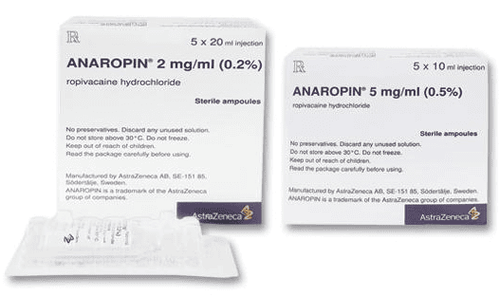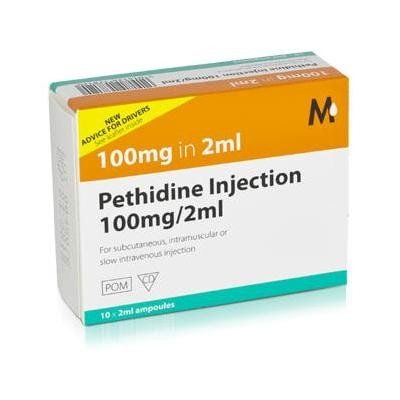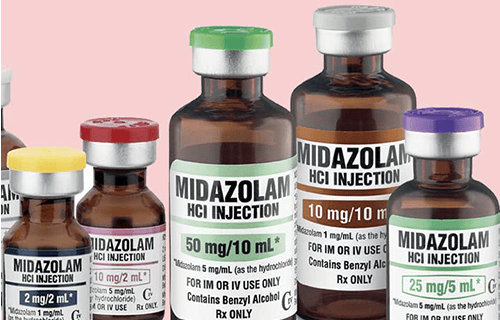This is an automatically translated article.
The article was professionally consulted by Specialist Doctor II Nguyen Binh - Department of General Surgery - Vinmec Ha Long International Hospital.Pancreatectomy is one of the surgical methods to help restore pancreatic juice circulation in pancreaticoduodenectomy. Pancreatic bypass surgery takes a long time and the patient also needs a long time to recover.
1. What is endotracheal anesthesia?
Endotracheal anesthesia is an anesthetic technique used for time-consuming surgeries.
The method performed by the doctor is by placing an endotracheal tube to maintain the airway open, avoid choking of the airways, circulation, rapid muscle relaxation and control of the airway during the procedure. surgery, help support doctors during the procedure and recovery after surgery.
During the procedure, patients under endotracheal anesthesia temporarily lose sensation and consciousness due to the effects of anesthetic drugs, but the patient can still breathe on their own or breathe mechanically through the endotracheal tube .
2. When is endotracheal anesthesia indicated?
The doctor will appoint the patient under endotracheal anesthesia when:The patient needs surgery in the thoracic cavity. Anesthesia in combination with muscle relaxants in surgeries requiring muscle softening.
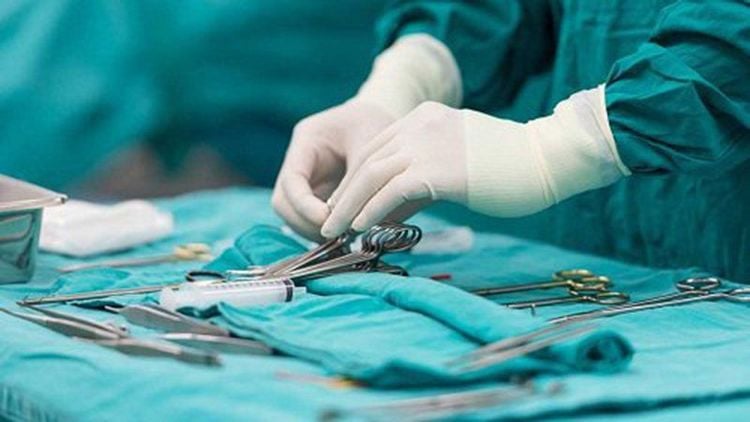
Một số phẫu thuật đặc biệt sẽ được bác sĩ cho chỉ định gây mê nội khí quản
Surgery of the maxillofacial, ear, nose and throat areas. Cranial surgery. Surgery in high-risk patients.
3. When is endotracheal anesthesia contraindicated for pancreatico-intestinal surgery?
Patient disagrees. Insufficient means of anesthesia and resuscitation. The operator is not technically proficient. Patients with diseases related to:
Patients with acute inflammation of the upper airway. Severe laryngeal tuberculosis. Patient has laryngeal cancer.
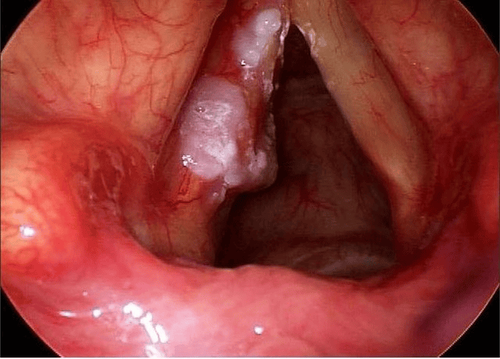
Bệnh nhân bị ung thư thanh quản thuộc đối tượng chống chỉ định gây mê nội khí quản
4. Endotracheal anesthesia procedure for pancreatico-intestinal surgery
4.1 Position Place the patient in the supine position with a small pillow at the level of the lower border of the shoulder blades, legs together, hands resting on the body.
Anesthesia method: Endotracheal anaesthesia
4.2 Technique Incision of the midline skin above the navel or below the ribs on both sides After removing the head of the pancreas, the doctor checks and stops bleeding on the body part of the pancreas, dissecting the pancreatic duct main. Open the posterior aspect of the gastric antrum Connect the resection of the body of the pancreas to the back of the stomach in 1 or 2 layers by slow criterion. 4.3 Monitoring and handling during pancreatico-intestinal surgery Closely monitoring pulse, blood pressure, temperature, breathing rate once every 1 hour in the first 6 hours of the patient's amylase test 24 hours after surgery Monitoring gastric tube Monitoring Abdominal drainage area to see if there is bleeding, pancreatic juice. During surgery, when the pancreatectomy causes bleeding, the surgeon will sew up stitches to stop the bleeding. After the surgery is completed, the patient will be taken to the postoperative room, with a nurse monitoring after the surgery. Time to wake up after 1 to 2 hours. The patient may have symptoms after the pancreatico-intestinal surgery, so it is necessary to continue monitoring: Occurrence of bleeding after surgery, the surgeon will treat such as intra-abdominal bleeding, acute pancreatitis, orogastric fistula. pancreatitis, monitor abdominal drainage, collect amylase if in doubt. Incisional infection, residual abscess: It is necessary to check, separate the incision, aspirate to drain the lower abscess for ultrasound.
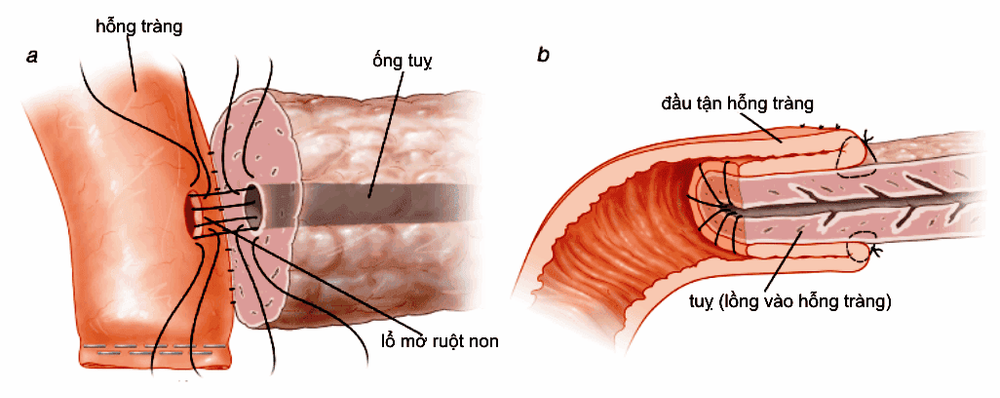
Mô phỏng kỹ thuật nối ruột tụy ngoại khoa
5. Caring for patients with pancreatico-intestinal surgery
Patients should not drink alcohol, beer, stimulants, alcohol, abstain from tobacco, avoid fatty foods, meat or seafood. Hygiene in eating and drinking, eating soft and liquid foods, ensuring food hygiene and safety, periodically deworming. Follow up with the doctor's advice. Take medication at the right time, for the right duration of treatment as prescribed. Light exercise, need a lot of rest, avoid pressure for quick recovery time. Vinmec International General Hospital is one of the hospitals that strictly apply safe surgical anesthesia practice standards according to international guidelines. With a team of experienced anesthesiologists and nurses, along with modern equipment such as nerve detectors, ultrasound machines, Karl Storz difficult airway control system, anesthesia monitoring system GE's comprehensive AoA (Adequate of Anesthesia) including monitoring of anesthesia, pain and muscle relaxation will deliver high quality and safety, helping patients to have adequate anesthesia, not awake, no residual relaxant muscle after surgery. Vinmec Health System is also proud to be the first hospital in Vietnam to sign with the World Anesthesiology Association (WFSA) towards the goal of becoming the safest hospital for surgical anesthesia in Southeast Asia.
Dr. Nguyen Binh has more than 20 years of experience in the field of anesthesia - resuscitation in thoracic surgery, anesthesia resuscitation for elderly patients... Currently a Doctor of General Surgery, International General Hospital Vinmec Ha Long.
Any questions that need to be answered by a specialist doctor as well as customers wishing to be examined and treated at Vinmec International General Hospital, you can contact Vinmec Health System nationwide or register online HERE.





